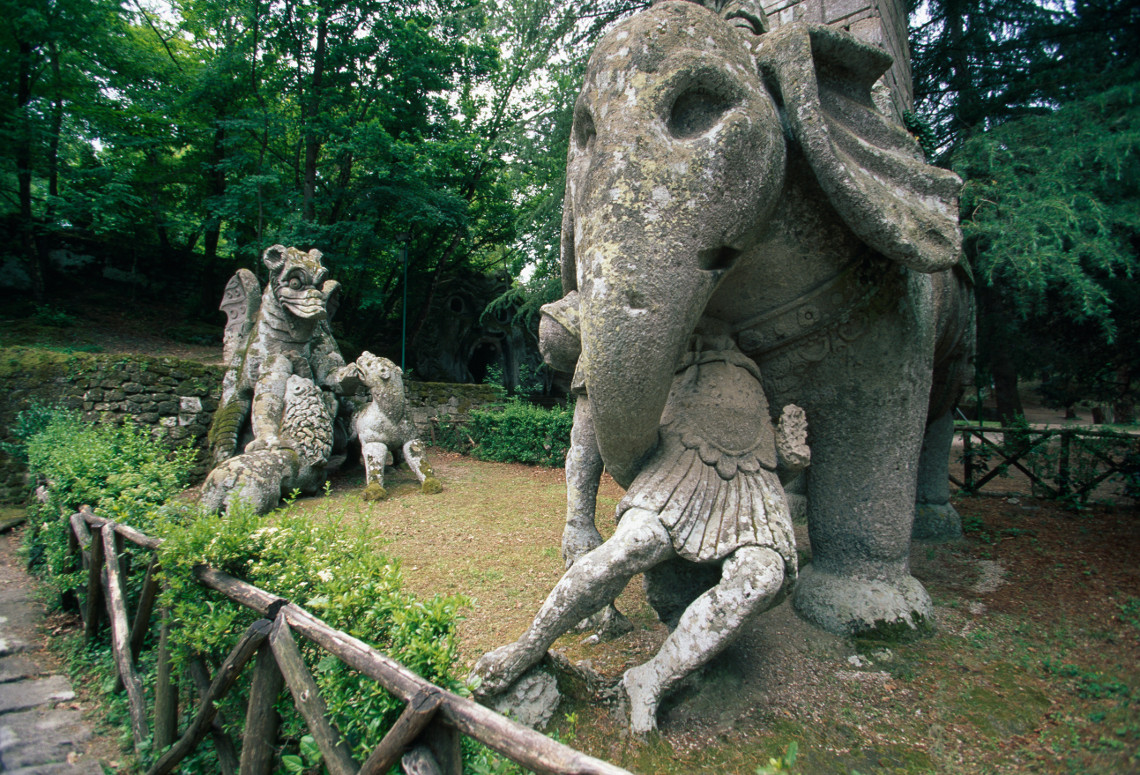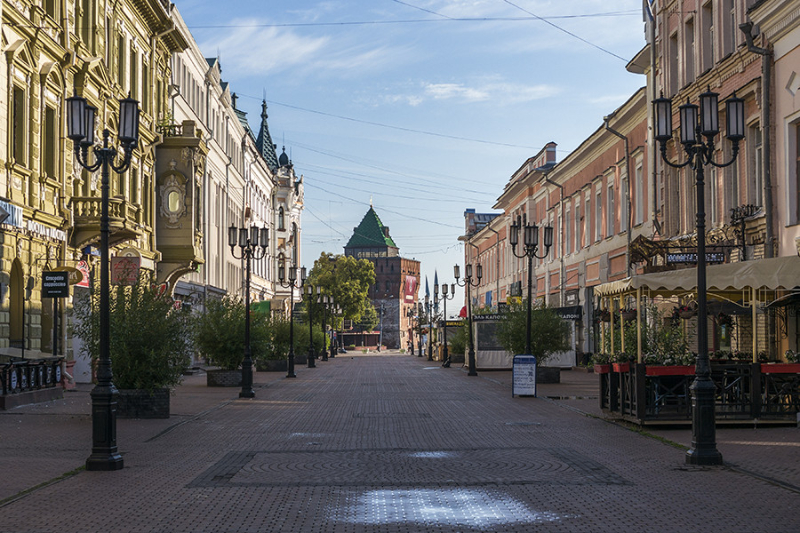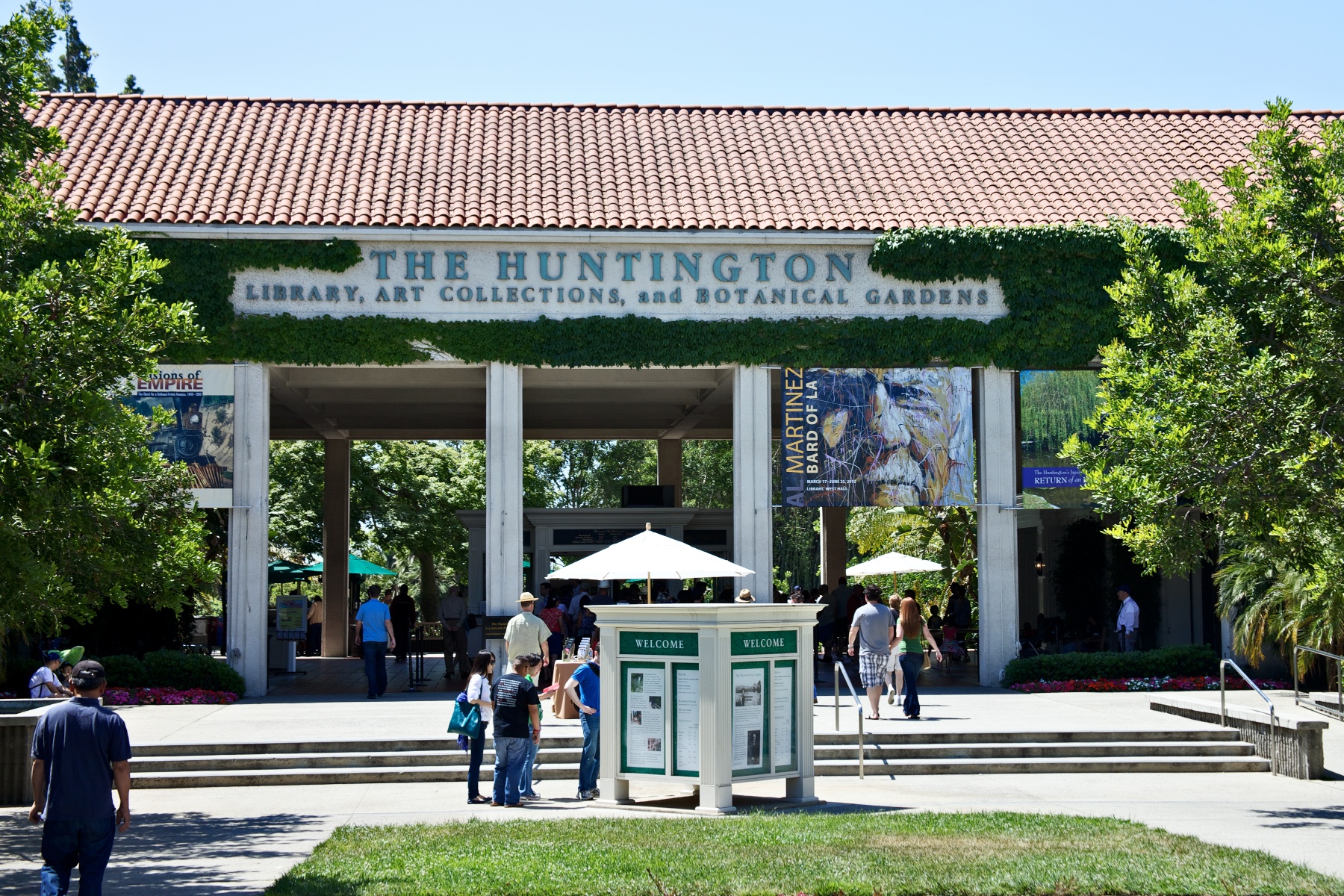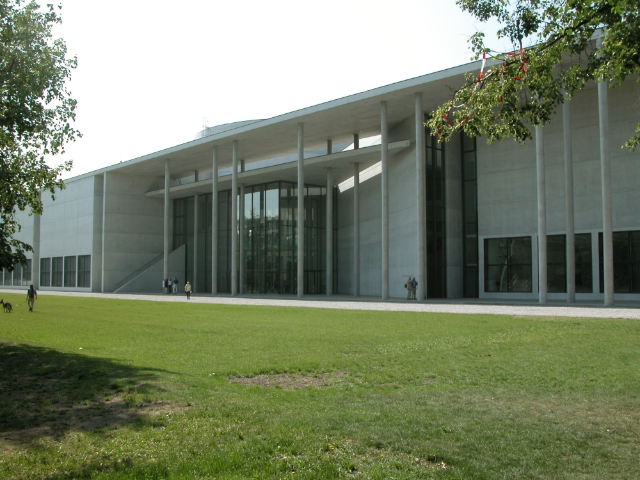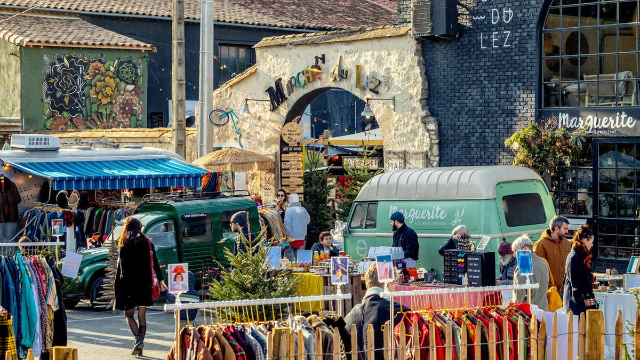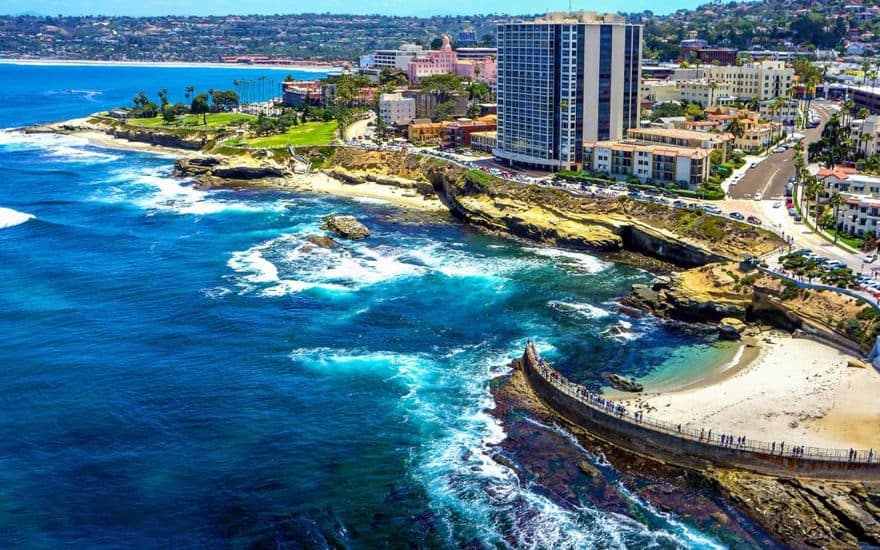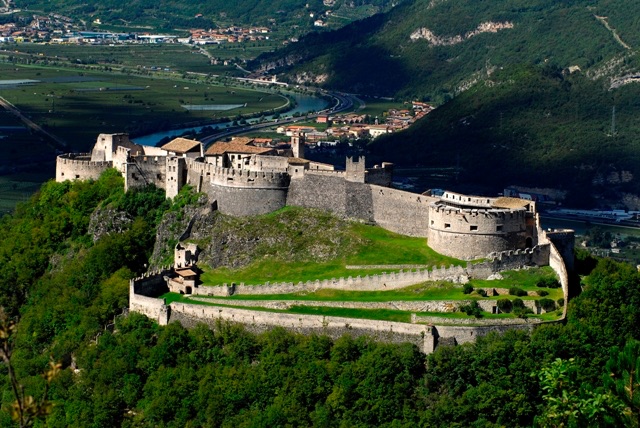he decorations of the Bomarzo Monster Park are substantiated by large peperino statues and sculptures perfectly integrated into the nature of the perfectly kept forest,with tree-lined paths and large manicured lawns.
The Bomarzo Monster Park was built by Vicino Orsini, a man of arms and man of letters, supposedly between 1552 and 1580.
There are numerous inscriptions in the park of the Monsters of Bomarzo that accompany the visitor, and the seats arranged along the itinerary make it a place for strolling and meditation.
Crossing the present entrance to the park of the Monsters of Bomarzo surmounted by the Orsini coat of arms, one encounters two sphinxes.
From the path on the right, after about fifty meters, one descends a stone staircase and on the left one notices the face of a bearded man. Descending a second staircase, here is the impressive group of the Giant lacerating the limbs of an opponent.
Descending down the valley to the ground ledge, a huge Turtle, on whose back rests a cloaked female figure, beside which rises from the ground a hellish monster’s head. Further on, a fountain topped by a Pegasus.
Continuing along the path, one notices on the left a tree trunk carved on a boulder and on the right a curious plinth.
Taking a few steps, here on the left, preceded by two small lions and the Three Graces, is the Small Nymphaeum, with seats and niches with statues.
Beside, on the right of the path, a fountain fed by two dolphins. Further on, to the left, a niche with a female figure resting on a dragon, topped by two huge masks.
This leads to the Great Hemicycle Nymphaeum, preceded by a flight of steps.
In the space in front are placed two plinths with inscriptions. A few meters and there is the leaning house in whose interior one experiences dizzying emotions. Turning left and climbing a stone staircase, one reaches a large rectangular clearing, called the Platea dei vasi because it has six vases on each long side.
Scattered here are some of the park’s most unique plastic episodes.
On the far side is the so-called Neptune and on the left, sticking out of the rock, the hideous head of a Sea Monster resembling a dolphin, its jaws wide open.
Still further left, toward the valley, a giant figure of a sleeping Nymph.
Upstream, a fearsome Dragon assailed by a lion and a dog, and, further on, the Battle Elephant lifting a warrior with its trunk.
Retracing one’s steps, on the opposite side of the Neptune, here is a grandiose female figure with her head crowned by an elegant vase. Further above, at the top of a short flight of steps, is the Orc, a huge mask with a gaping mouth, in the interior of which is carved a chamber with stone benches and table.
Going up the slope, one encounters a gigantic monumental vase, but it is decorated with such care that it is as precious as a work of a goldsmith.
Before resuming the path, turning your gaze to the right you notice a lying ram.
Further on, a stone niche seat, called an Etruscan bench in the bottom of which an inscription sets out in verse what the Sacred Wood offers visitors: "you who wander through the world wandering – to see marvels high and stvpende – come qva where are faces horrendous – elephants lions bears orcas and dragons."
After the stop at the Panca Etrusca we set out along the uphill pathway and having made the first few steps on the right Cerberus appears, another of the frightening depictions, placed on the border of the part populated by "monsters," and the serene one, constituted by the esplanade of the Tempietto.
One wanted to see in the placement of the guardian of the Underworld, near the staircase leading to the upper shelf, precisely this clear separation of two worlds: the passionate one, expressed by most of the woodland sculptures, and the one of spirituality, above, where the austere lines of the architecture would take on meaning of purified perfection.
One does not climb the last stretch of stairs, but turns left, and encounters a seat surmounted by a female bust with outstretched arms: we are in the short side of a flat space, called Xisto.
It is bordered on the long sides by rows of decorative pine cones and acorns and, in the background, by two heraldic Bears: the one on the left bears the coat of arms, the one on the right the Roman rose.
Beyond the Bears is a small square facing the valley floor, where are two colossal Sirens, one winged and one bicauded, and, between them, two lions.
You take a right, and after passing a seat to the right of the path, you notice, again to the right of the path, a felled tympanum, on which you can barely see a warrior and a sea nymph holding a pomegranate in her right hand.
One keeps to the right, arriving at the highest part, at the apex of the path: here stands the Tempietto, an elegant antis building, tetrastyle, grafted onto an octagonal body with a cupola dedicated by Vicino Orsini to his second wife Giulia, a Farnese princess.
Descending back to the entrance, one follows an avenue lined with canefore lying in various parts of the Park and placed here temporarily: note Janus Bifrontes and the Triple Hecate. In the background appears a demonic Mask with a gaping mouth surmounted by a globe with a castle, the heraldic symbol of the Orsinian branch to which Vicino belonged: the Orsini di Castello.
